Water Over Leaves creates space for wellness and connection in Nelson
Melanie Pulla’s venture brings a thoughtful mix of wellness, ritual, and product innovation to the Kootenays
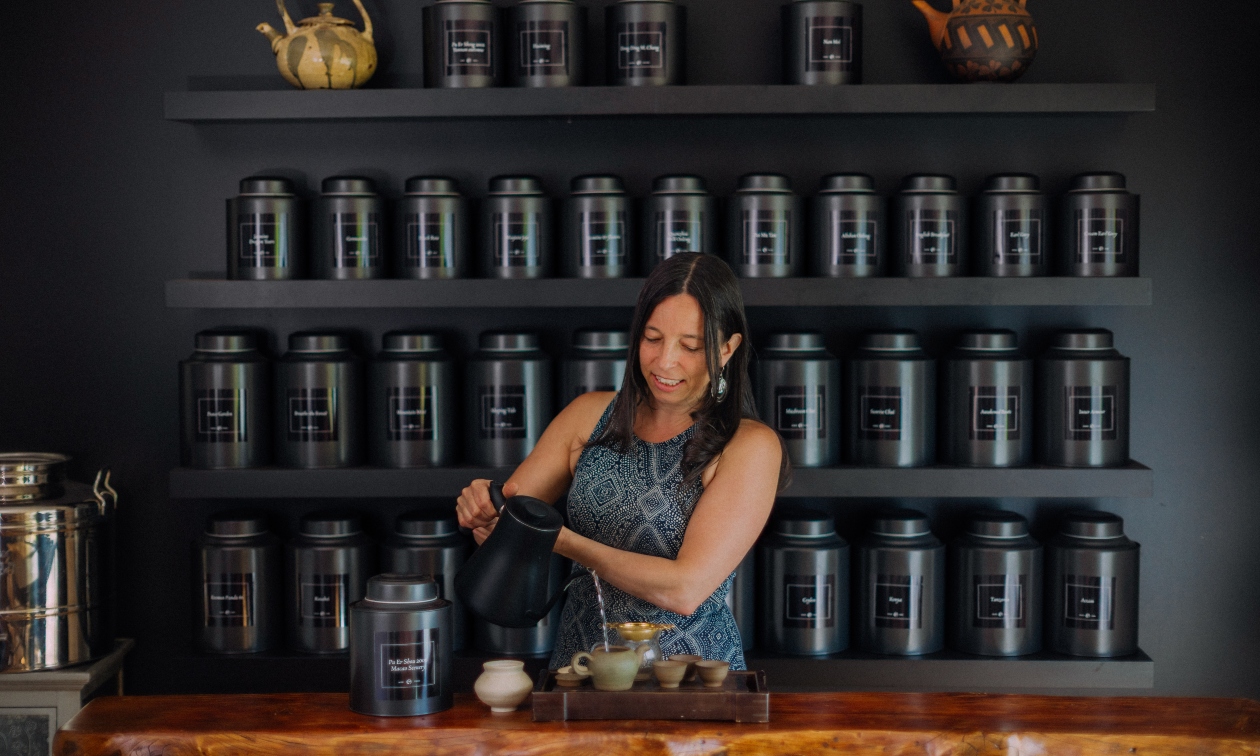
Melanie Pulla helps people find healing and inspiration over a cup of tea. — Photos courtesy of Water Over Leaves
Tea is often seen as a simple beverage, but in Nelson, B.C., it has become something much deeper thanks to Melanie Pulla. As the founder of Water Over Leaves, Pulla blends her background in herbalism with a reverence for ritual, creating experiences that encourage people to pause, connect, and be present. Her work moves beyond commerce into the realm of ceremony, where a cup of tea becomes a practice of stillness and listening.
Through her offerings—ranging from curated herbal blends to guided tea ceremonies—Pulla is building a community that values slowness and connection in a fast-paced world. She sees tea as a reminder that healing can be gentle, grounded, and shared. In this conversation with Kootenay Business, Pulla explains the vision behind Water Over Leaves, the role of plants in her work, and how tea can be a doorway to mindfulness.
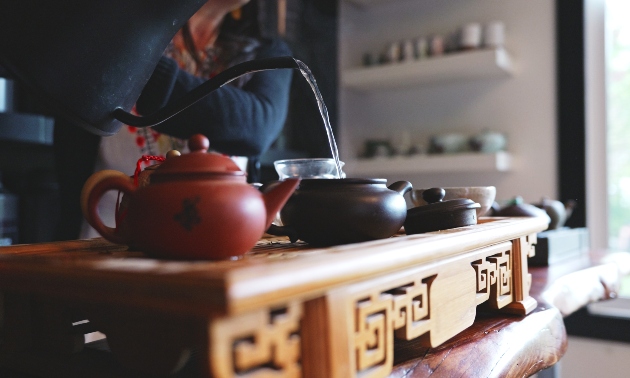
What inspired you to start Water Over Leaves, and how did your journey in herbalism and tea ceremony lead you here?
Water Over Leaves grew out of a lifelong love of tea and a belief that something sacred happens when we pause and pour hot water over leaves. My childhood was filled with both small rituals of tea with my mother and the ceremony of Roman Catholicism. Over time, I was drawn to more earth-centered traditions.
At sixteen, I attended a Wiccan Spring Equinox ceremony and was introduced to animism, the intelligence of plants, and the medicine of seasonal rhythm. I began blending herbs and crafting teas to sell at local markets and soon followed that spark across the world: working on organic farms in New Zealand, living on an Aboriginal reservation in Australia, and meditating in silence at monastic retreats in Thailand. These years planted a deeper seed—one of humility, listening, and embodied spirituality.
When I returned home, I entered a seven-year period of academic and clinical study. I completed two rigorous herbalism programs, apprenticed with an Ayurvedic practitioner, and earned an undergraduate degree in alternative medicine. These studies gave me structure and skill, but I noticed something quietly slipping away. The mystery that had once stirred my soul was being eclipsed by clinical protocol.
It was in South Korea, amongst tea gardens, meditation retreats, and centuries-old tea houses, that all the threads wove themselves together. In tea ceremony, I experienced a moving meditation. The way water moved over leaves—simple, reverent, alive—became a metaphor for healing itself. For the first time, I saw how tea could hold the same frequency as prayer, how it could embody everything I had been searching for in herbalism, medicine, and spiritual life.
After years of study and running a wellness business in Quebec, I eventually settled in Nelson, where the land itself invited stillness. Water Over Leaves is now both a tea company and a practice: each blend, ceremony, or consultation is an invitation to return to presence.
Can you describe your first meaningful encounter with tea and how it shaped your philosophy?
My first meaningful encounters with tea began in childhood: Simple cups shared with my mother that somehow slowed time. They were quiet, daily rituals, but even then, I sensed something deeper: The way tea made space for presence, how it softened the moment and brought us back to what mattered.
Later, in South Korea, tea revealed a different dimension of itself. I studied Korean tea ceremony with a teacher who showed me that ceremony was not performance, but presence. Around the same time, I became a regular at a local tea house, sitting often with a host who specialized in Pu-erh. One day, he offered me a rare, 100-year-old raw Pu-erh. In a single sip, I was transported.
I tasted the fog, the soil, the hands that had tended the leaves, the stories of a land long gone. In that moment, tea became a portal—through time, memory, and spirit. I knew then that tea didn’t just offer comfort or health, it offered remembrance. Water plays a mysterious role in this. Does it hold memory? Or is it the medium through which the memory of the leaves is revealed? To me, water acts as a kind of midwife, drawing out what is hidden in the leaves. Especially in aged teas like Pu-erh, where fermentation alchemizes the past into something richer, more layered. Water doesn’t store memory; it mirrors and activates it.
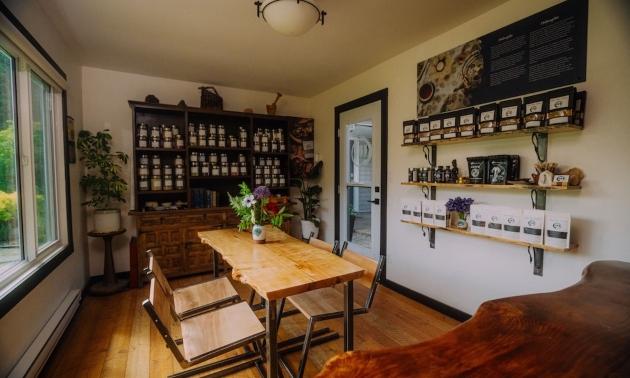
What drew you and your family to Nelson, and why did you choose Six Mile as the home for Water Over Leaves?
After years on Vancouver Island, we wanted more space for our family and gardens. Nelson felt like a homecoming—the land, the water, and the pace of life spoke to us. Six Mile offered room to grow and the outbuildings that became Water Over Leaves.
You speak about cultivating “Tea Mind.” How would you describe this state to someone unfamiliar with it?
Rooted in Eastern tea philosophy, Tea Mind is not about rules or performance, but about how we meet the moment. In this way, the tea leaves are a mirror, an invitation to notice what is already here. We listen to the sound of water, observe the rising steam, feel the cup warm our hands. By attending to these subtleties, we begin to shift. The body softens, the mind quiets, and we enter the present as it is.
This stillness is not empty. It is alive with awareness.
How does a tea ceremony differ from a regular tea tasting, and what do you hope people take away from it?
A tea tasting is primarily educational. It focuses on flavour, grade, and storytelling—the cultural and botanical details that help us understand a tea more fully. It’s an exploration of taste and knowledge, guided by the senses and by information.
A tea ceremony is something different. It is less about analyzing and more about experiencing. In ceremony, the emphasis shifts from learning about the tea to being with the tea. Silence, presence, and reverence transform the act of pouring water over leaves into something sacred.
Ceremony creates a space where time slows down, where we listen not for facts or flavours, but for the stillness that emerges between sips.
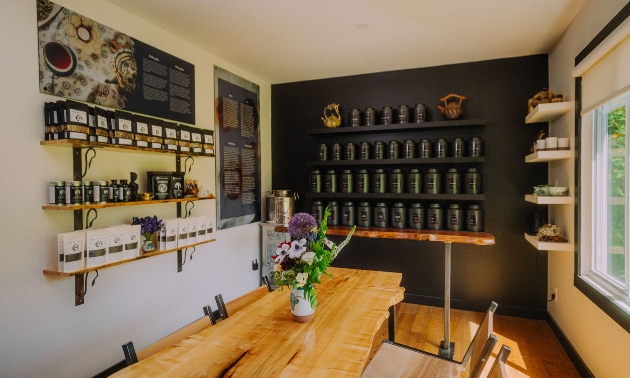
How do you approach sourcing from multi-generation farms, and what does ethical sourcing mean to you?
For me, sourcing tea is about relationship. When I choose a tea, I am not only looking at its flavour or grade, I am looking at the story behind it. Who grew it? How long has their family tended this land? What values are carried in the way it was cultivated?
Working with multi-generation farms allow me to connect with growers whose knowledge is lived, embodied, and ancestral. These families don’t just produce tea; they carry lineages of care, tradition, and respect for the plant. By supporting their work, I’m not just buying tea, I’m helping sustain cultural heritage, ecosystems, and livelihoods.
Ethical sourcing, for me, means three things: transparency, reciprocity, and reverence. Transparency in knowing where and how the tea was grown. Reciprocity in ensuring that the growers are compensated and respected as partners, not suppliers. And reverence for the plant itself, ensuring it is grown and shared in ways that honour both land and lineage.
What’s your process when creating a new herbal blend?
Creating a new tea blend always begins with a spark of inspiration, and that spark usually reflects a purpose. Sometimes it’s an effect I want to support, sometimes it’s a story that wants to be told. From that seed, the threads unfold.
I begin with a base, often a combination of therapeutic intention and flavour profile. Then certain herbs naturally step forward, almost like old friends asking to play a role in the story. I blend harmonically, approaching the herbs as if they are notes in a song. Each one carries its own tone, and my task is to arrange them, so the blend resonates like a symphony.
Once the framework is set, I refine. I bring in supportive herbs to deepen the therapeutic effect, balancing herbs to create cohesion, and sometimes harmonizing herbs to resolve any dissonance in the flavour. If the blend feels “in tune,” I know it is complete. If it still feels off, I make subtle adjustments until it flows.
From there, I place the blend within a clinical framework, most often the triune system of William LeSassier, as taught by David Winston. This ensures the blend is not only beautiful and balanced, but also therapeutically sound.
Finally, I turn toward the spiritual and emotional resonance of the blend. I ask: what deeper meaning does this hold for us? What doorway does it open? From there, I create a meditation to accompany the tea. For ceremonial blends, this may feel like a shamanic journeying experience.
For therapeutic blends, it may be a simple, quiet invitation for the plants to walk with us in healing.
In this way, every blend is more than ingredients, it’s a song, a story, and an offering of presence.
Can you tell us about a particularly memorable tea session or client experience that affirmed your mission?
Recently, I shared tea with a friend over a rare wild white tea called Nan Mei, harvested from ancient trees. We sat in quiet companionship, letting the conversation unfold naturally as the tea opened.
She spoke about her work, how the threads of her life experience, education, and passions might come together into an offering that felt both purposeful and sustainable.
What unfolded for her was a fresh, aligned vision for her work, including a brand-new avenue she hadn’t yet considered. And for me, the experience affirmed something I’ve long known–that tea creates a unique kind of space where insight arises organically, with gentleness rather than force. It reminded me, too, of the role I’ve always played with others, helping reflect their own coherence back to themselves, without the dissonance.
Out of reflections like this, a new thread of my work has taken form: Soul Clarity Sessions. These are simple, spacious conversations held over tea, where the presence of the leaves helps us listen more deeply, and the path forward reveals itself in its own time.
What are your hopes for the future of Water Over Leaves?
My hope is that Water Over Leaves continues to grow as a vessel of stillness in a world that moves quickly. The tea studio will always remain the anchor—a sanctuary for ceremony, conversation, and presence, but I also see the work extending outward in natural ways. One of these extensions is my product line. Each tea blend is crafted not just for taste, but with therapeutic, emotional, and spiritual intention. My hope is to see this collection expand thoughtfully, becoming a way for people to bring ritual and presence into their daily lives at home.
Another extension is community. I feel called to create more opportunities for public tea gatherings—at festivals, outdoor spaces, and collective events where tea can act as a bridge. These won’t be performances, but intentional circles where people can slow down, connect, and share in silence.
Looking further ahead, I imagine Water Over Leaves weaving together tea, herbalism, art, and storytelling into retreats and gatherings that deepen the relationship between plants, people, and
presence.
Ultimately, my vision is simple: Whether through a cup of tea in the studio, a packaged tea blend at home, or a shared community circle, Water Over Leaves reminds people that healing doesn’t have to be rushed, and that presence itself is enough.

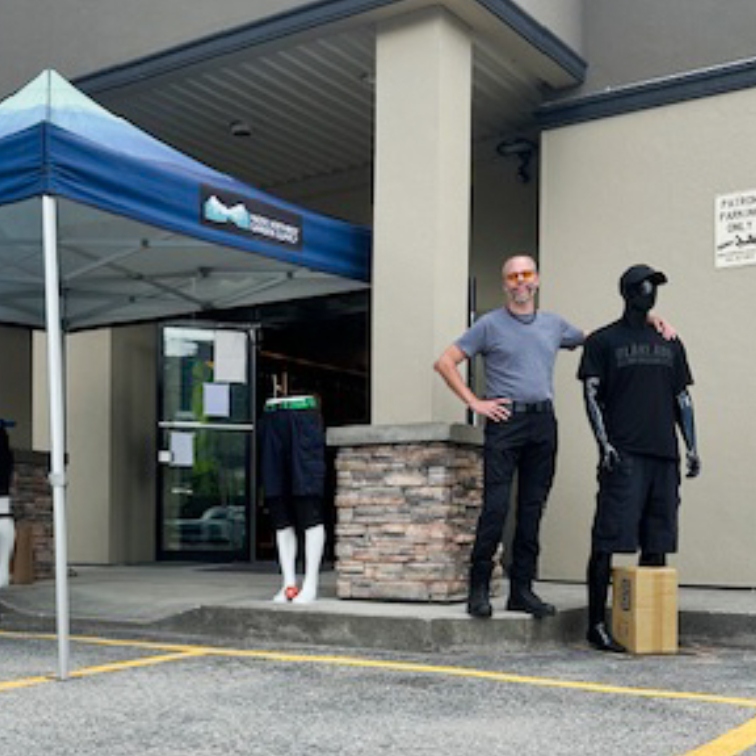
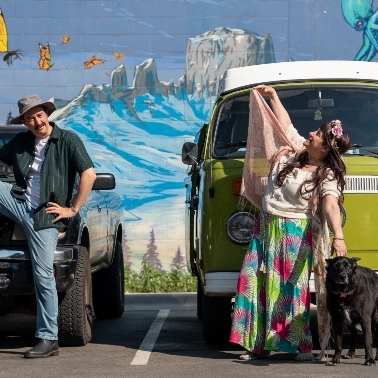
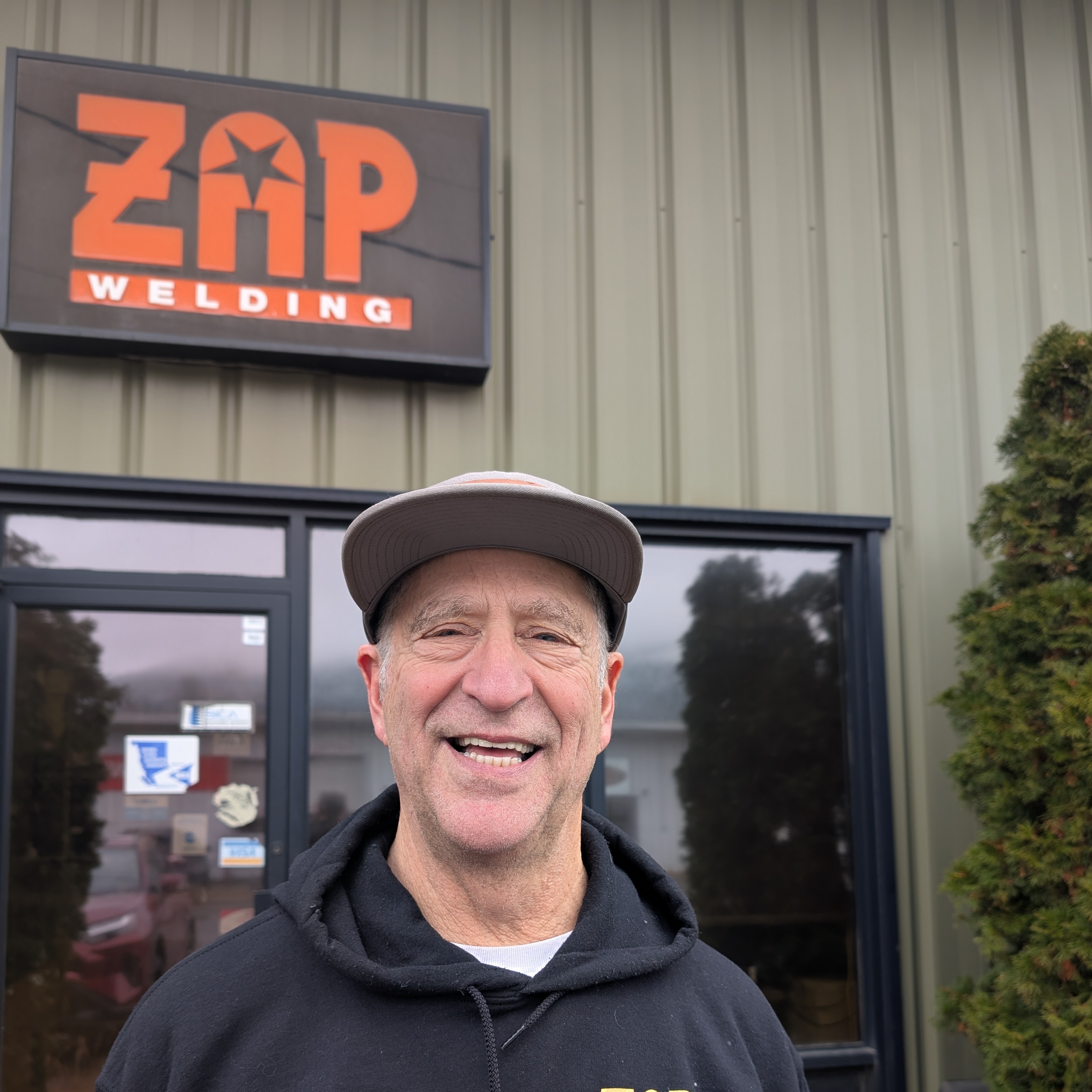

Comments